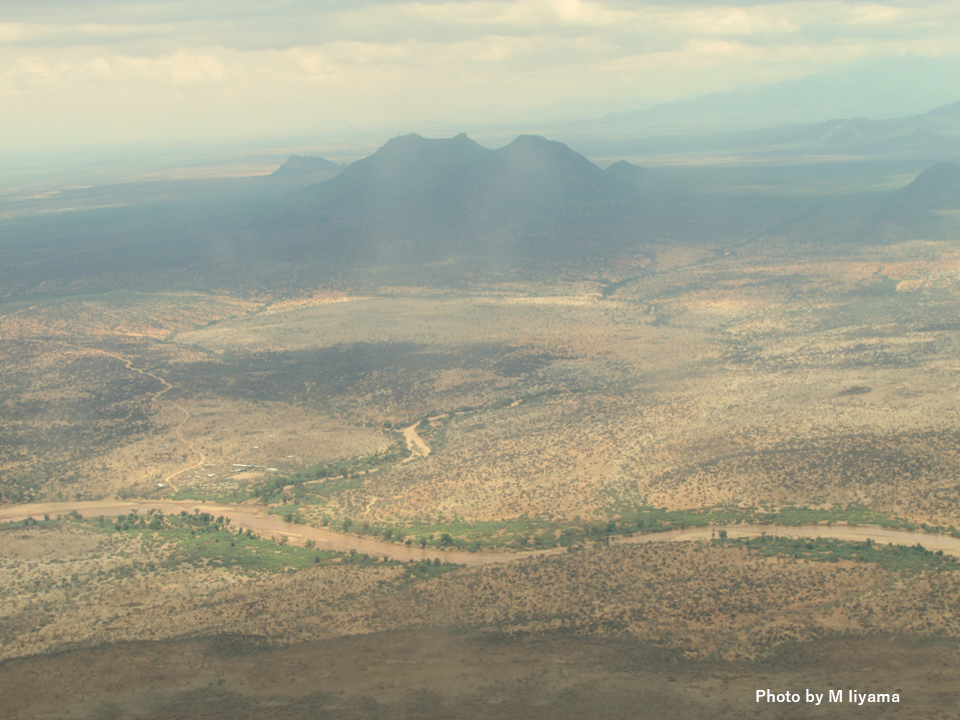Pick Up
770. Impact of Extreme Weather in Vulnerable Areas

770. Impact of Extreme Weather in Vulnerable Areas
This week is Golden Week in Japan, and the weather during this period is expected to be normal or warm, with summer days in some areas.
Climate change is increasing the frequency of extreme weather events in many parts of the world.
As more lives are put at risk by the increasing frequency of extreme heat waves, a paper published on April 25 in Nature Communications shows that regions that have never experienced extreme temperatures may be more vulnerable to the risks. Although only 31% of the world's regions analyzed have experienced extreme temperatures in recorded history, climate models suggest that similar events could occur in any region. Regions such as Afghanistan, which historically has a probability year (frequency of occurrence) of more than 80 years for heatwaves but is expected to experience rapid population growth, Central America, and eastern Russia, which have rarely experienced extreme heatwaves, could be particularly vulnerable to extreme heatwaves if exposed to them due to inadequate health and energy infrastructure. On the other hand, several regions in China, such as Beijing, as well as Germany, the Netherlands, and Belgium, also stand out in terms of the size of their population exposed to heatwaves, but human suffering is expected to be limited due to their ability to take mitigation measures as developed countries.
Among extreme weather events, droughts affect the food security, health, and incomes of people who depend on rain-fed agriculture and nomadic pastoralism. In fact, the southern part of the Horn of Africa region, which includes southern Ethiopia, southern Somalia and eastern Kenya, is facing a humanitarian crisis by 2020, with more than 4 million people suffering from acute hunger due to persistent drought, with light and heavy rainy seasons and below-average rainfall. According to information released on April 27 by World Weather Attribution, which analyzes the causal relationship between extreme events and climate change, below-average rainfall in the heavy rainy season is twice as likely to occur due to climate change, while the heavy and light rainy seasons combined are more likely to be affected by La Niña.
The more vulnerable areas will be forced to reassess their ability to adequately adapt.
Reference
Thompson, V., Mitchell, D., Hegerl, G.C. et al. The most at-risk regions in the world for high-impact heatwaves. Nat Commun 14, 2152 (2023). https://doi.org/10.1038/s41467-023-37554-1
Contributor: IIYAMA Miyuki (Information Program)
